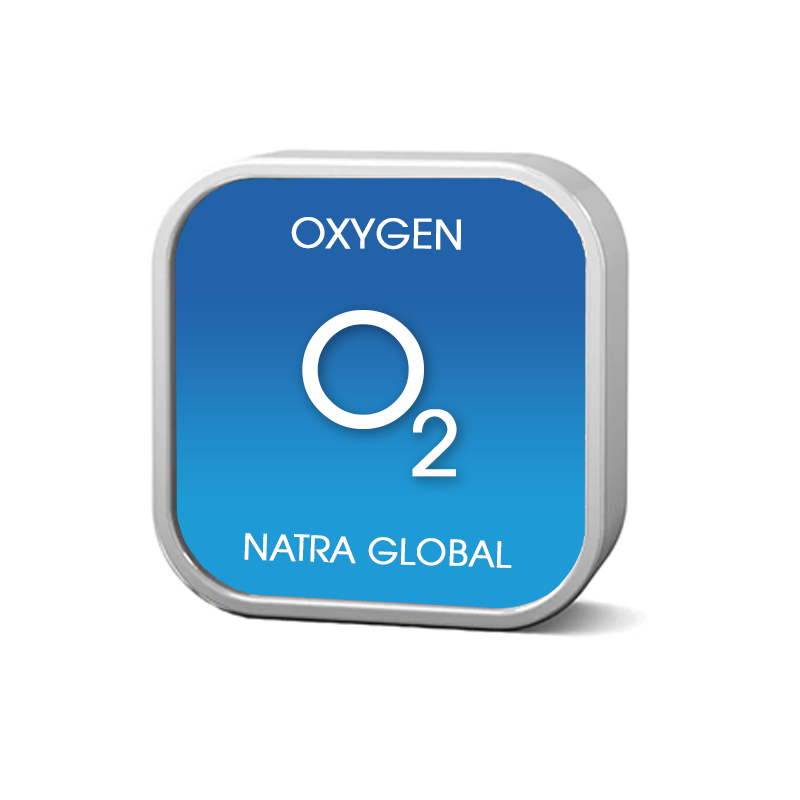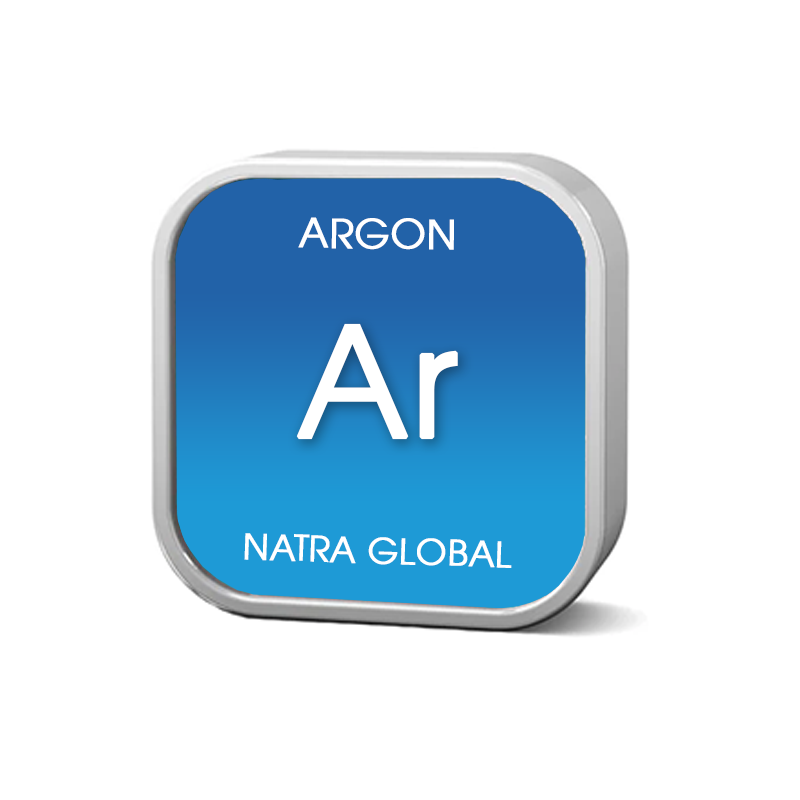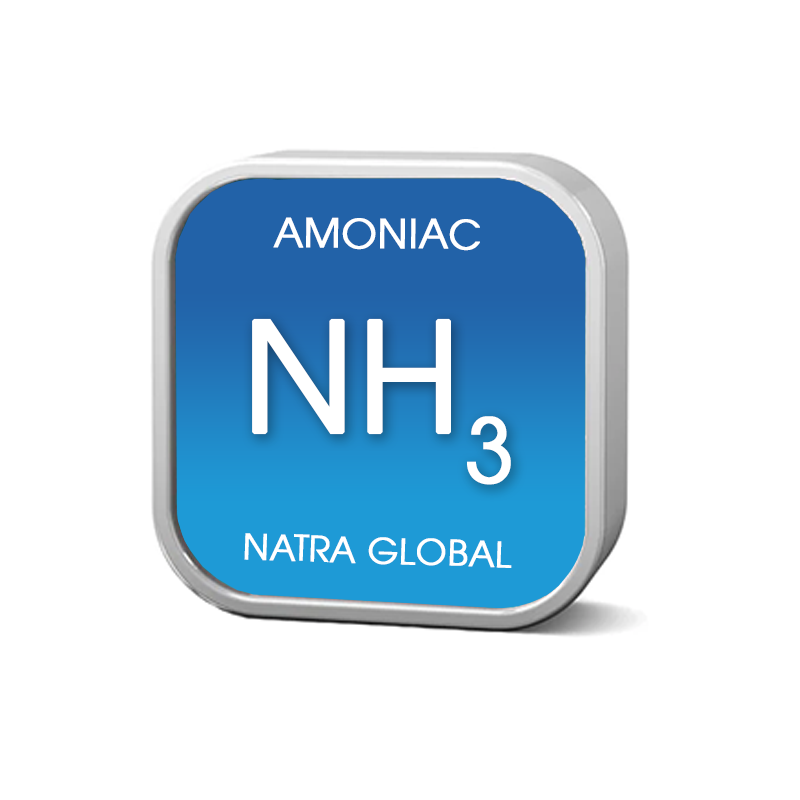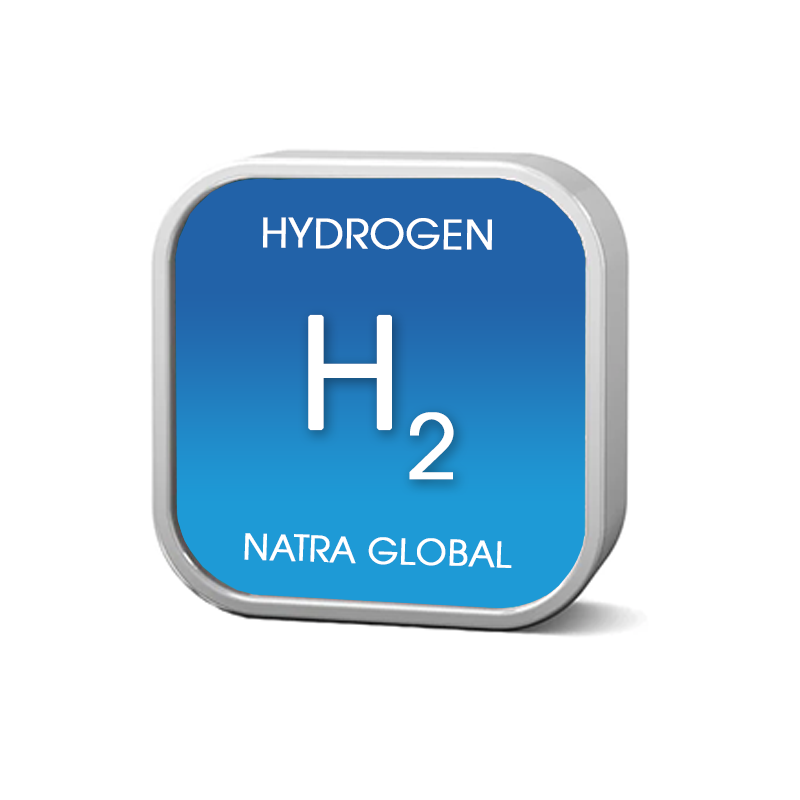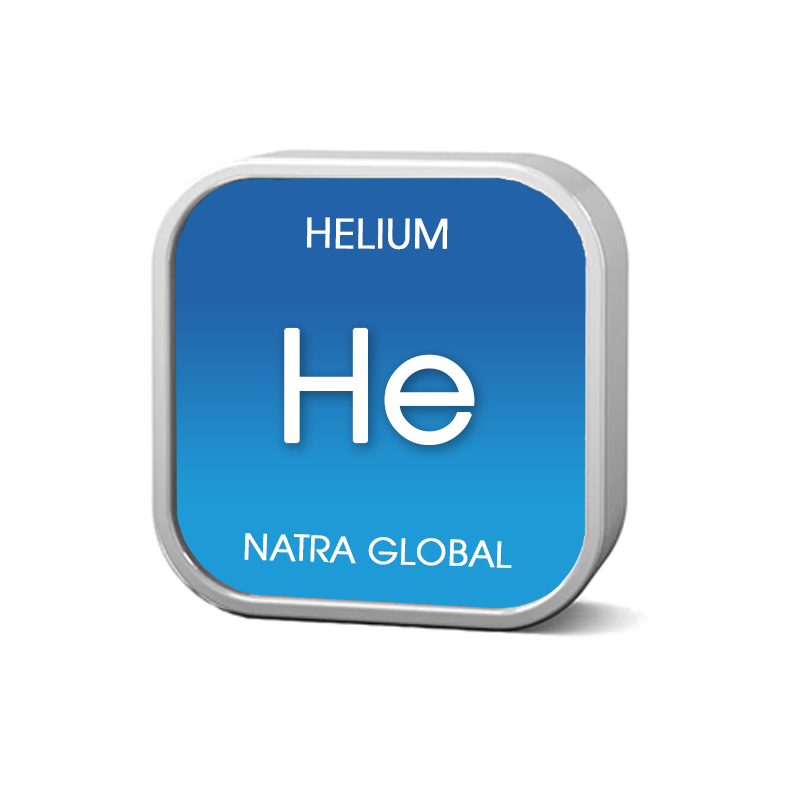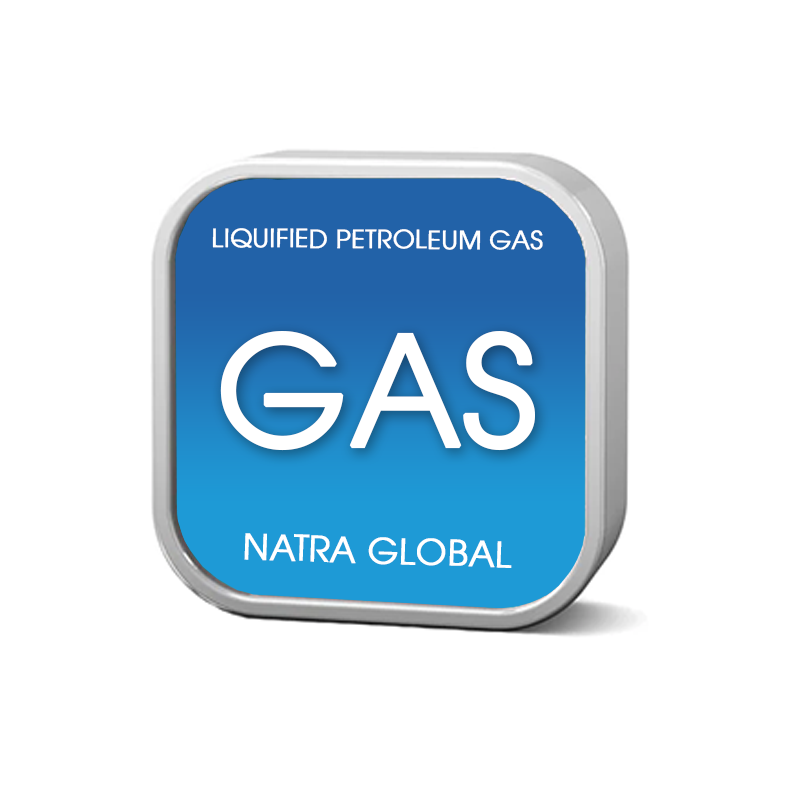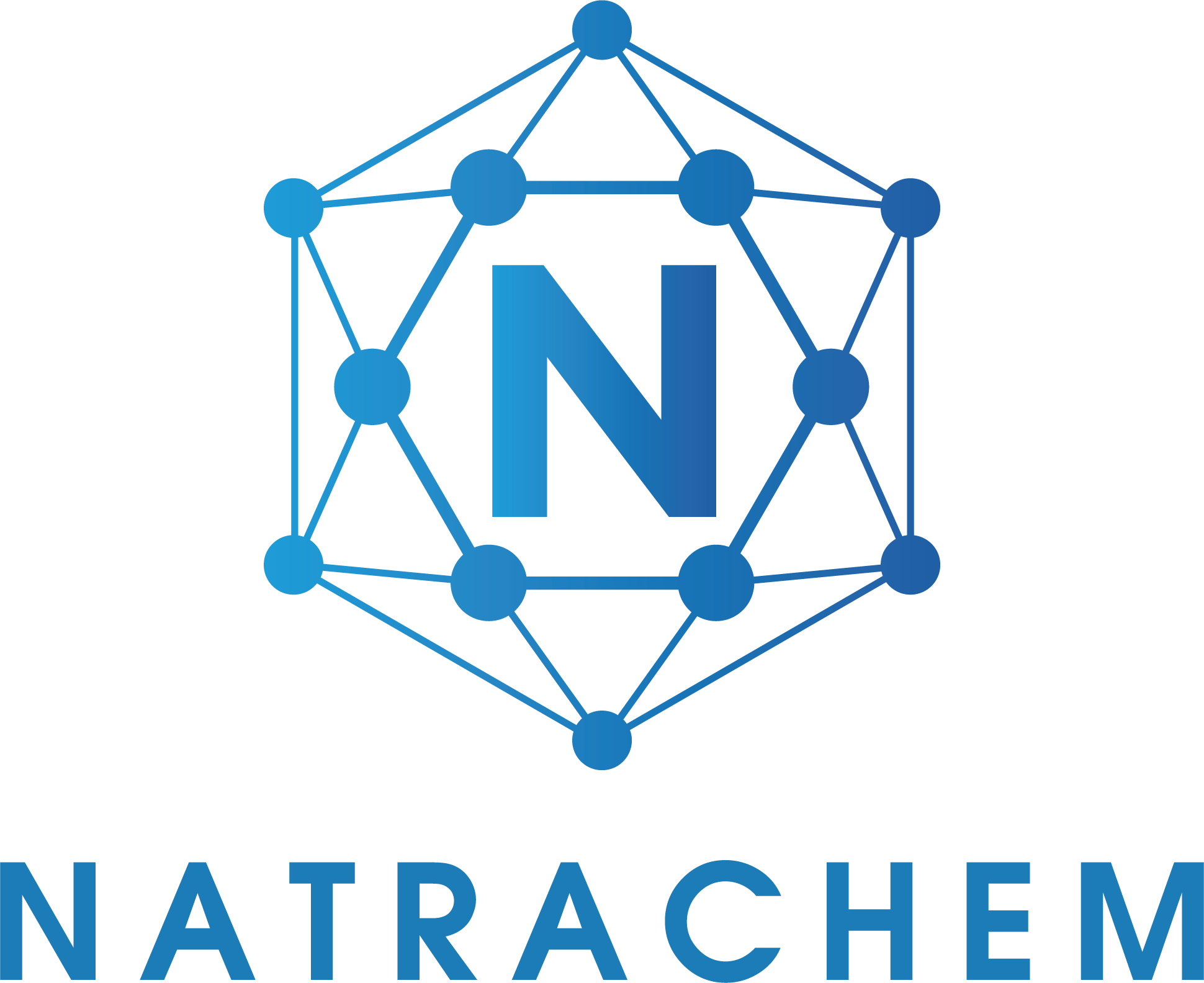Pharmaceutical, biological, medical
Not only are they commonly used in the welding and cutting and metallurgy industries, some gases also have important uses in the medical, pharmaceutical and biological industries that many people do not know about.
How is gas used in medicine?
The most common and easily known application is Oxygen, a gas that is extremely important for the life of all living things. For patients with respiratory diseases such as asthma, pneumonia, … Oxygen is an indispensable component in the treatment process, especially in supporting the rescue and maintenance of life for patients in critical, life-threatening conditions.
Liquid nitrogen in the preservation of blood, sperm, embryos and stem cells
It is impossible not to mention the important role of Nitrogen gas, especially liquid Nitrogen. With an extremely low temperature of -196°C, it can help preserve embryo samples, sperm, blood or stem cells,… for a long time without reducing their quality and characteristics. According to scientists’ predictions, if not affected by radiation from the universe, frozen sperm can be preserved for more than 1000 years.
Nitrogen in cryosurgery
Cryosurgery with nitrogen or cryotherapy is a type of minor surgery in which liquid nitrogen is applied to the skin area that needs to be removed such as warts, skin tags, keloids, etc. They will blister similar to burns, then peel off and return the skin to a flat area, leaving few complications. Cryotherapy is even used in the treatment of cervical ectropion.
However, this method has some risks such as causing deep damage, pain, bleeding if the person performing it does not have good technique or proper training. Therefore, choose a reputable facility with a business license.
Helium Gas in MRI and Microscopy
To put it simply, when taking an MRI, because the hydrogen element in the lungs affects the machine’s signal scanning, the patient will be given hyperpolarized helium to inhale, thereby producing images with better quality and resolution.
Helium ion scanning microscopy (HIM) is a new imaging technique that can provide biological tissue images at nanometer resolution without the need for conductive membranes. Thus, tissue images are displayed clearly and in the most detailed way, serving better examination, treatment and research.
Nitrogen gas in pharmaceutical production
In pharmaceutical preparation, some active and highly purified ingredients are bleached with nitrogen gas. Nitrogen is pumped into the packaging when packaging drugs as well as inside vaccine vials, ensuring an inert environment that helps prevent oxidation, increases shelf life, and allows for longer storage.
In addition, some other special gases such as CO, Helium, Argon… are also used in laboratories for study and research purposes.

